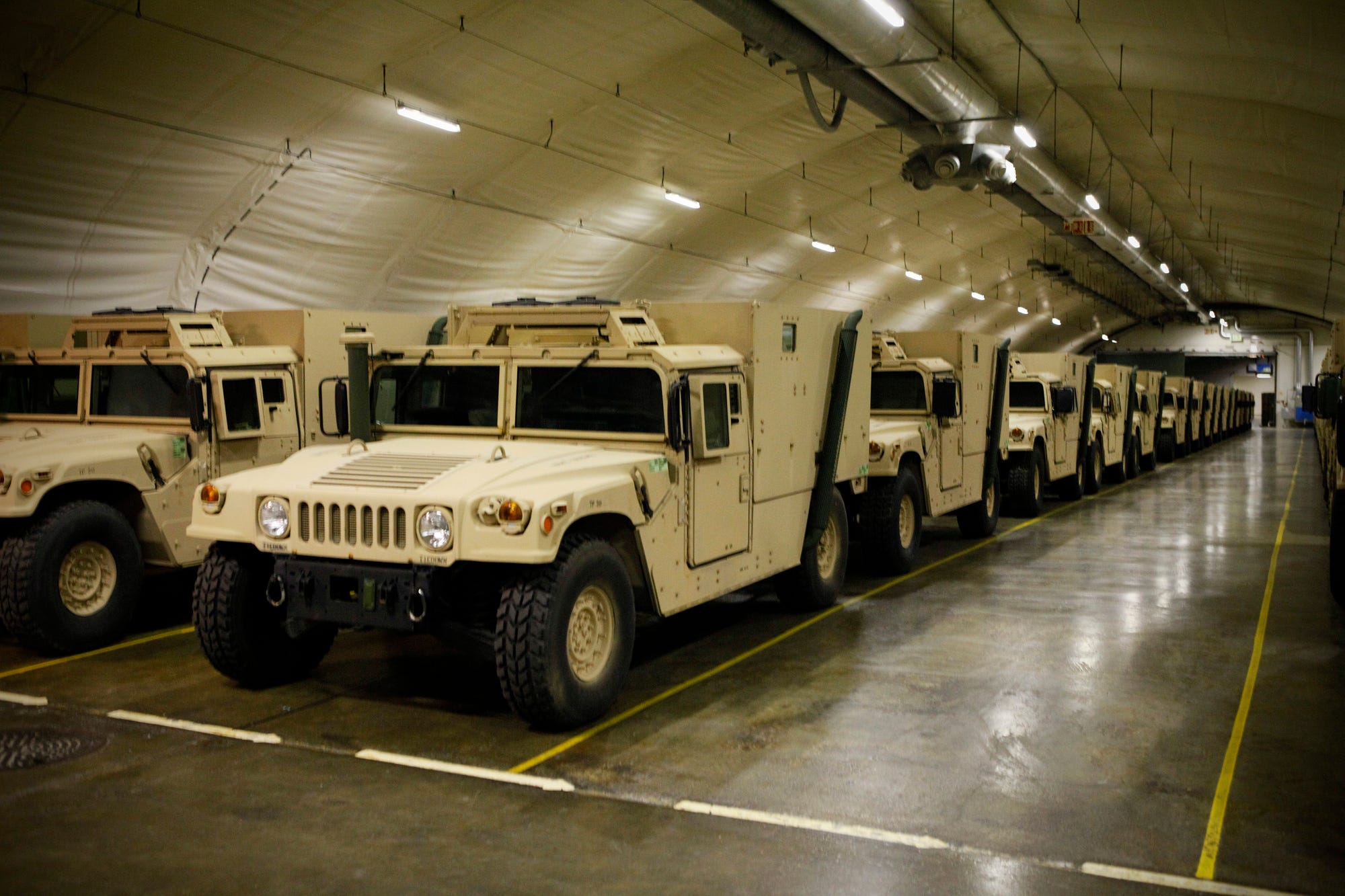Ukraine Says Army Controls Center of a Rebel City
Andrew E. Kramer
New York Times, August 17, 2014
DONETSK, Ukraine — The Ukrainian military on Sunday moved into the heart of the separatist hub of Luhansk for the first time, officials said, chipping at one of the cornerstones of the pro-Russia rebels’ disintegrating virtual state.
Ukrainian officials said army units had raised the national flag over a police station in central Luhansk, the eastern city that, along with Donetsk, has been a center of rebel activity and an important destination for Russian fighters and aid. Other parts of Luhansk, however, were still said to be under rebel control.
The claim could not be independently confirmed, though a photograph of the flagand police station was circulating on social media, and the report was consistent with the progress of fighting there going into the weekend.
Along with increased Ukrainian pressure on rebel positions in Donetsk, the army’s move into Luhansk focused attention on the profound reversal of the separatists’ fortunes since they declared independence in April. Interviews across eastern Ukraine portray a rapid breakdown in discipline in the rebel ranks. Many fighters have abandoned their uniforms in favor of civilian clothes, and three senior leaders have left the war zone in recent days.
Pro-Russia rebels in eastern Ukraine. Credit Sergei Grits/Associated Press
Even as Ukrainian officials in Kiev celebrated the developments, and as international foreign ministers met in Berlin to try to ease the crisis with Russia, there was increased worry that the Kremlin would take the rebels’ disintegration as an incentive to intervene more forcefully in Ukraine, perhaps setting off a wider war.
“It’s a case of being very, very, very careful what you wish for,” said Cliff Kupchan, an analyst with the Washington-based Eurasia Group, speaking of Western officials who have endorsed the Ukrainian military option. If President Vladimir V. Putin of Russia believes “the rebels are about to get routed, we do have a problem,” Mr. Kupchan said.






.jpg&container=blogger&gadget=a&rewriteMime=image%2F*)
